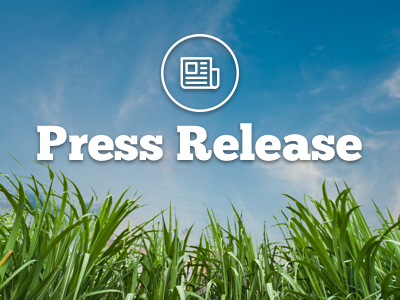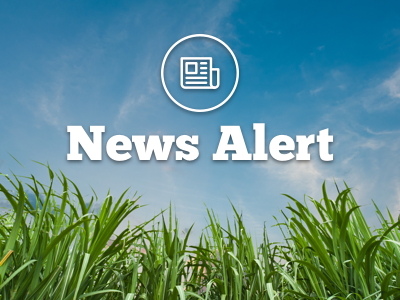Clewiston, FL – As local sugarcane, fruit and vegetable farmers recently completed the 2023-2024 harvest season, the latest data show once again excellent air quality in the Glades. Results from the Florida Department of Environmental Protection and the Florida Department of Health, which follow the protocols set forth by the United States Environmental Protection Agency (EPA), show air quality in the Glades is in the highest range, which is defined as “Good” during the harvest season.
“Nearly all of U.S. Sugar’s farmers and employees are proud to call the Glades communities home, so we are thankful to also have some of the best air quality in the entire state of Florida,” said Community Relations Director Brannan Thomas. “Farmers remain careful stewards of our natural resources, and we want the public to know that the latest period of data shows that concerns that farmers are adversely affecting our local air quality are completely unfounded.”
In February during the harvest, the EPA announced that the definition of “Good” air would be changed by strengthening air quality standards. The new standard lowers the amount of microscopic “PM2.5” particles in “Good” air from 12 to 9. PM2.5 particles include field and construction debris, car and truck exhaust, sediment from dirt roads, prescribed burns, wildfires, BBQs and fireworks.
Monitoring stations in Belle Glade, Royal Palm Beach and Delray Beach all show an overwhelming number of “Good” days for air quality – the highest level possible. In fact, the Florida Department of Health showed that air quality in the Glades during the 2023-2024 harvest was consistently in the Good category – 200 “Good” days and 9 “Moderate” days.
The moderate days in March and April were primarily affected by volcanic ash and Sahara dust as winds blew sand particles into Florida from the Sahara Desert. The only “Unhealthy” day on October 3, 2023, was caused by well-documented Canadian smoke covering the eastern United States. U.S. Sugar started its annual harvest on October 5, 2023 – well after smoke impacts from the Canadian wildfires cleared.
In addition to the public data, seven professional-grade private monitors in the area confirm the findings across the entire farming region. The average particulate reading for the Glades was 6.80 PM2.5, well within even the EPA’s revised standard for “Good” air quality. Air quality data has been provided by the State of Florida public data, private sources, and trusted independent sources like the American Lung Association.
This spring, the American Lung Association released its 2024 State of the Air report, showing air quality throughout the United States from 2020 through 2022. Palm Beach County leads the state with the lowest annual average for particulate matter. It received the highest grade: “A” with ZERO days of high particle pollution (PM2.5) or high ozone content over the three-year period. In addition to the EPA’s PM2.5 strengthened particle standard, the American Lung Association used EPA data which sets the ranges of air quality from “A” at less than 55 parts per billion of ozone in the air to “F” at more than 200 parts per billion.
Maintaining these high standards requires steadfast resolve and constant analysis to ensure farmers remain good stewards of our air resources. To foster an inclusive relationship and understanding of the specific needs of the Glades community, Tuskegee University and Florida A&M University have partnered with U.S. Sugar and local communities for a comprehensive environmental study to assess the impacts of sustainable farming practices, including air quality and sugarcane-burning practices, throughout the region.
This partnership and the new air quality data underscores U.S. Sugar’s commitment to keep the air good, safe, and clean for all of us who live, work, and raise our families together in the Glades farming communities.
Read U.S. Sugar’s 2023-2024 Air Quality Update
# # #



